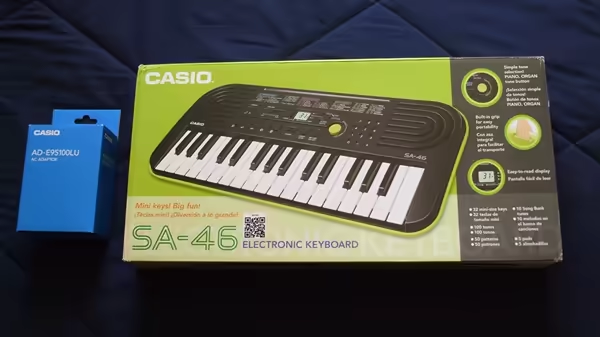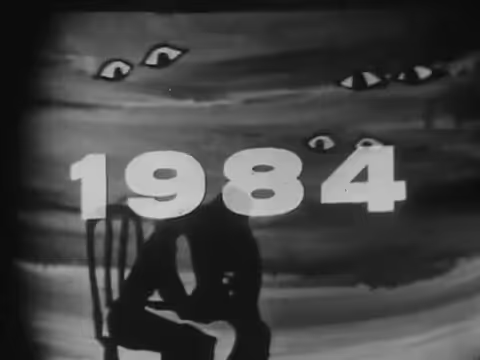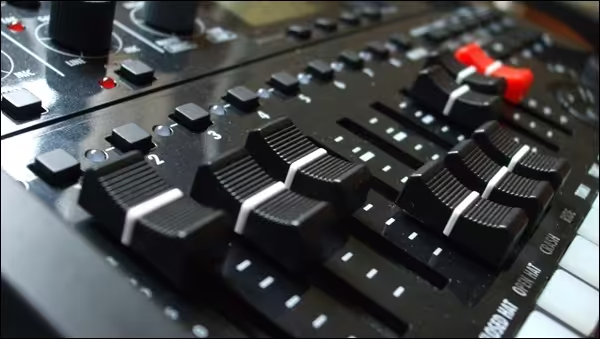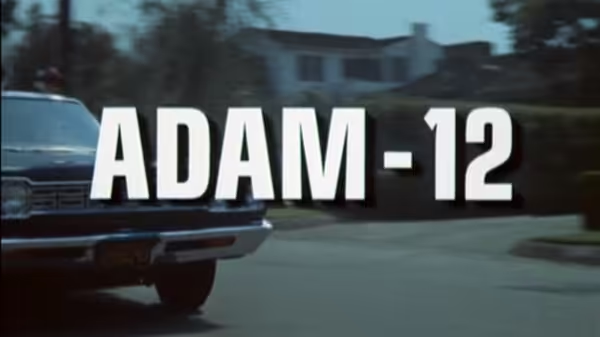Casio SA-46 review
My little Casio SA-46 arrived today along with its power adapter (the blue box on the left), which you need if you don't feel like running it off batteries.
I've been messing around with the modeling settings on my ZOOM R8, and one thing I've noticed is that it does a "speaker breakup" sound quite well. And part of the reason for that is because it has something the DigiTech GSP1101 does not have: A boost effect.
Above is what I believe is the first ever SA model of Casio synthesizer, the SA-1. The SA series have always had 100 sounds in them. Over the years there have been many SA models released of varying colors, shapes and sizes.
Above is a little cheap keyboard I bought that will arrive in about a week, the Casio SA-46. And if you're thinking of buying one after reading what I write about it here, it's absolutely required you also buy the proper AC adapter for it as it does not come with one (but it can run off batteries).
I had thought that I had seen every single screen adaptation of George Orwell's Nineteen Eighty-Four. I was wrong. There was one more. It happens to be the first screen adaptation, and the oldest all the way back from 1953 (yes, that makes it 60 years old at the time I write this). And, wouldn't you know it, it's an American version that originally aired on CBS as part of what was called the Westinghouse Studio One series, available as the Studio One Anthology (which started off as radio-only and then was brought to television later).
The Alesis Quadraverb GT effects processor is something I owned myself for a long time. I bought it new originally in the mid-1990s (1994 if I remember correctly) and the price tag was $500 for it. At the time, this was one of the best guitar effects units you could buy. It was also priced right because its nearest competition was the Rocktron Chameleon, which cost more than the Quadraverb GT did.
Some fairly major changes have happened recently concerning the gear I own now.
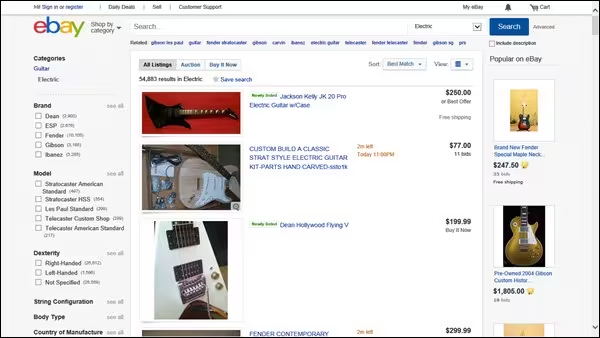
There has never been a guitar I've parted with where I regretted selling or trading in for something else. I've owned some fairly ritzy axes in the past, both electric and acoustic (one of them was an upper-end Ovation Balladeer with a stereo output). Once I decide it's time to get rid of a guitar, I get rid of it and don't look back.
I finished watching Dragnet a little while back and have been watching episodes of Adam-12 off and on.
I've learned quite a bit on how to prevent gear theft over the years. There are many methods of gear theft prevention, but here are the ways I've found that actually work.
